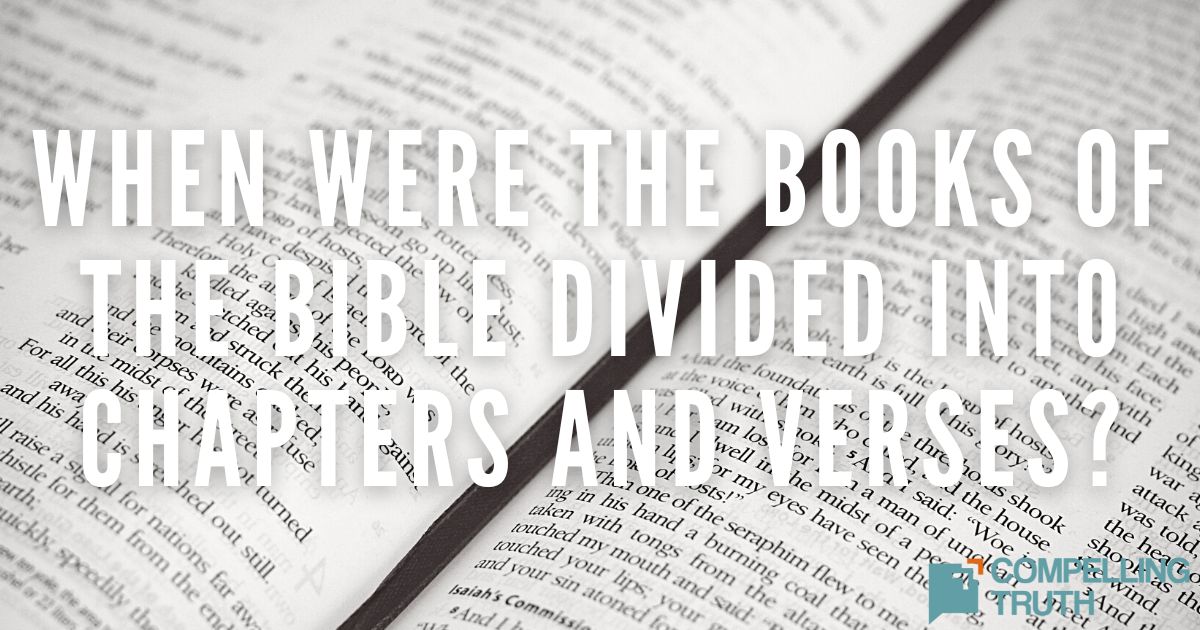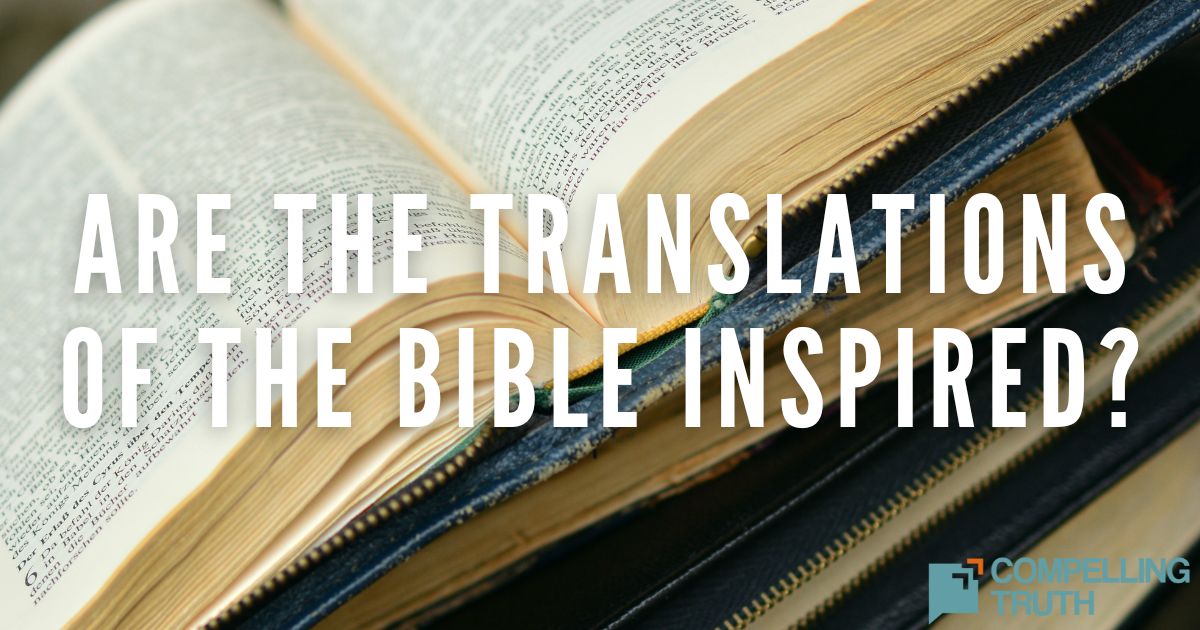what does the bible say?
The Bible was originally written in Hebrew, Aramaic, and Koine Greek. Hebrew and Aramaic were written without punctuation and without vowels but included spaces between words. The original Greek was written in all uppercase letters with some punctuation, but without spaces. This is known as continuous writing. In English, however, vowels, spaces, and punctuation are required to render a text legible. So how do translators decide what punctuation to use?Translators must understand both the original language and the target language. English follows certain grammatical rules for structuring sentences as far as syntax (word order) and punctuation. For instance, Matthew 9:4 literally translated word for word from the original Greek would read, "And having known Jesus the thoughts of them he said so that why think you evil in the hearts of you." Rearranging the words to follow correct syntax, translators render the phrase, "Jesus knowing their thoughts said why do you think evil in your hearts." Adding correct punctuation, translators then render it, "Jesus, knowing their thoughts, said, 'Why do you think evil in your hearts?'" The grammatical rules for English dictated that commas offset the participial phrase ("knowing their thoughts"), that a comma introduce a direct quotation, that quotation marks surround the quote, that the first word of the quotation be capitalized, and that the interrogative sentence end with a question mark. The translators first had to understand the original source language to know what was being said, and then they simply followed the grammatical rules of the target language.




